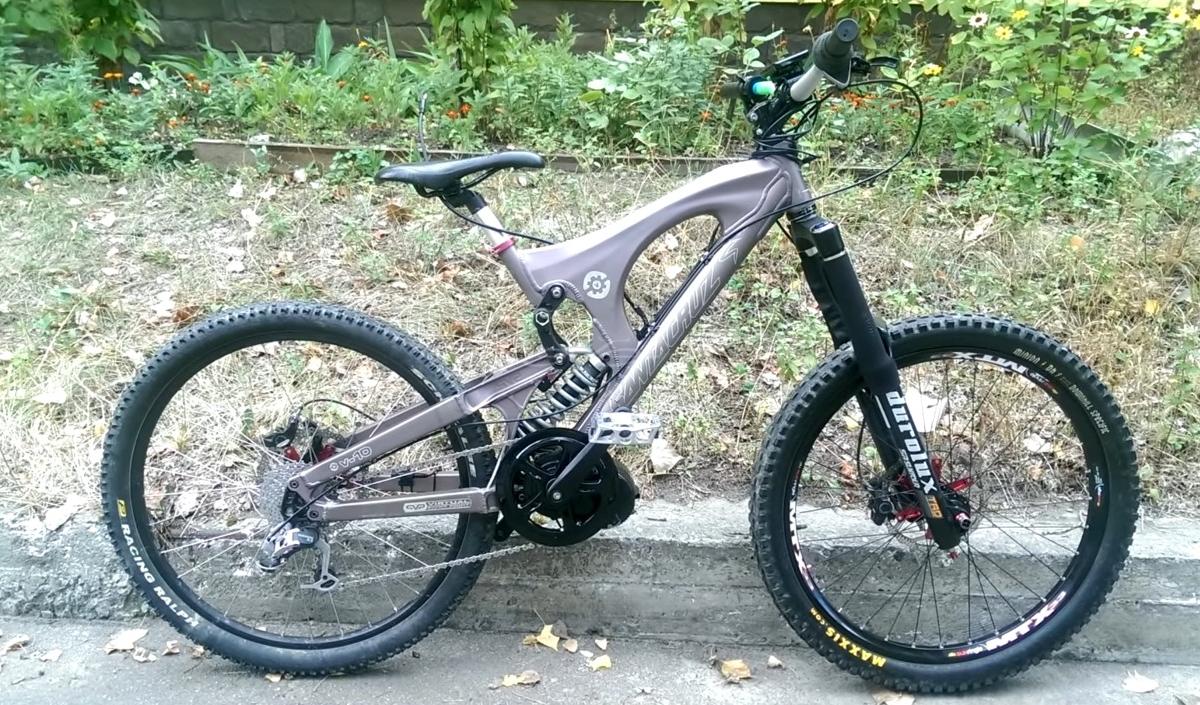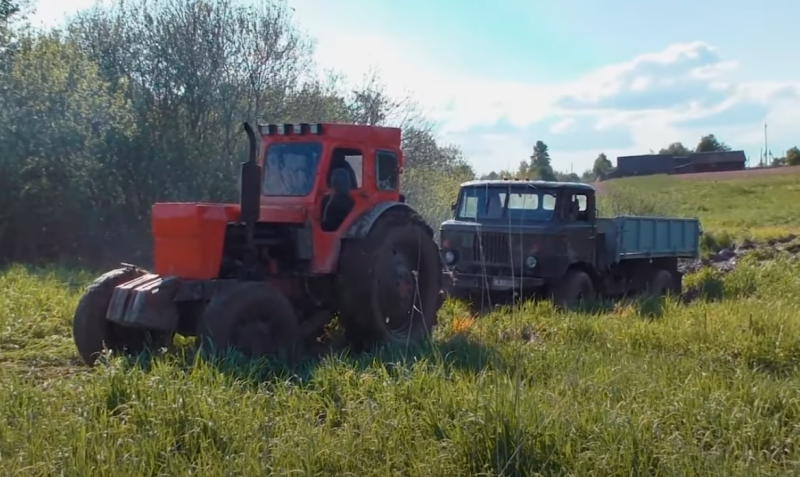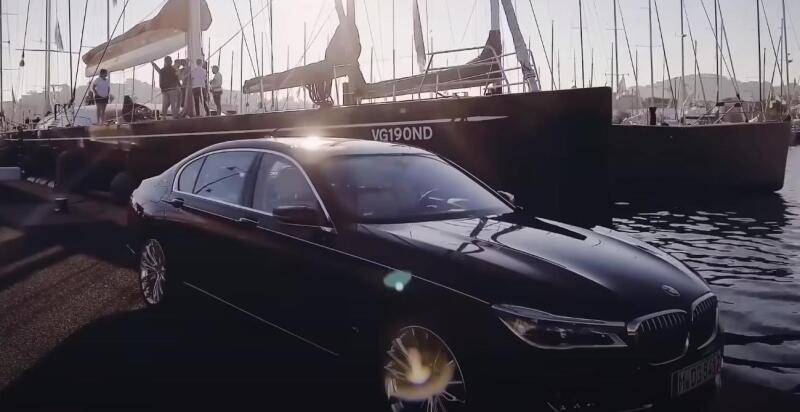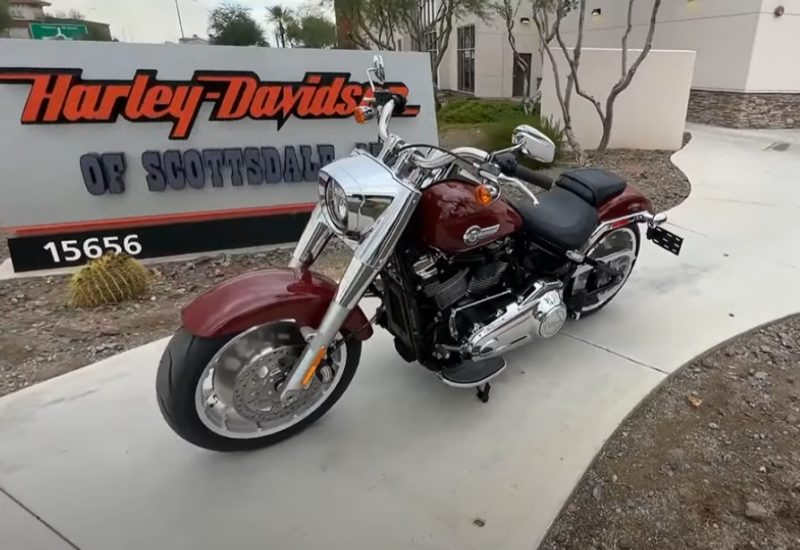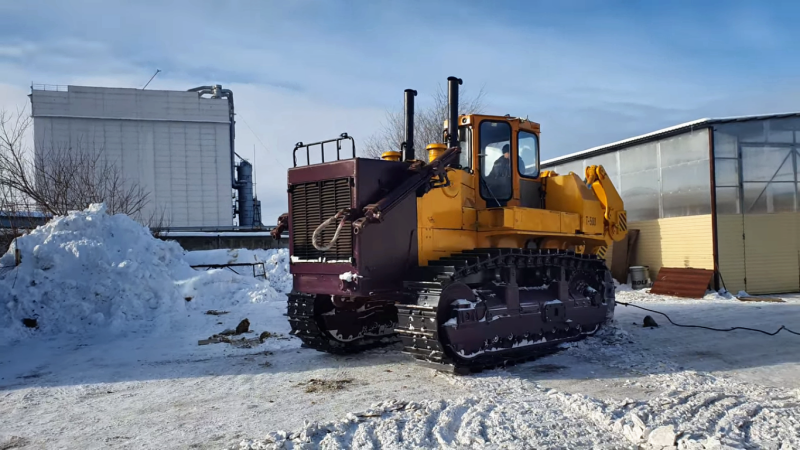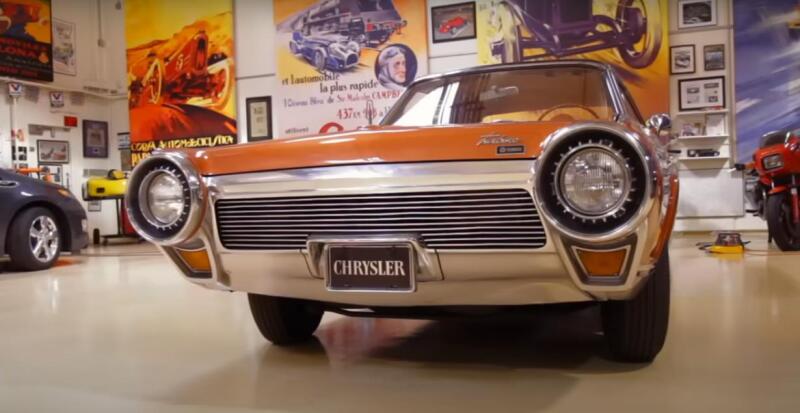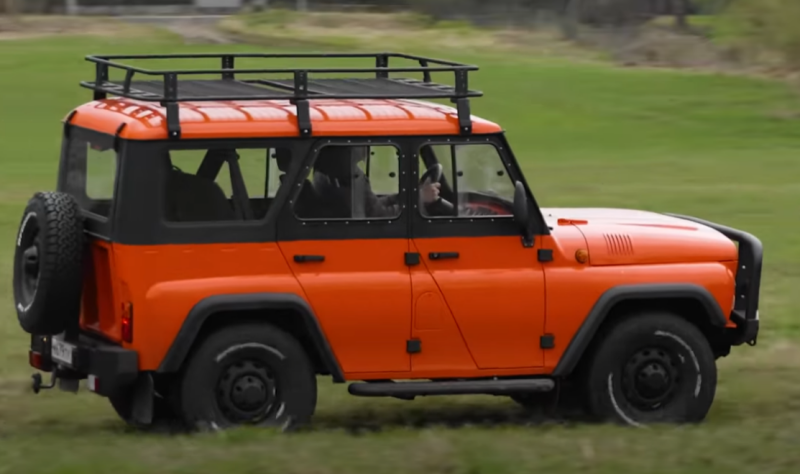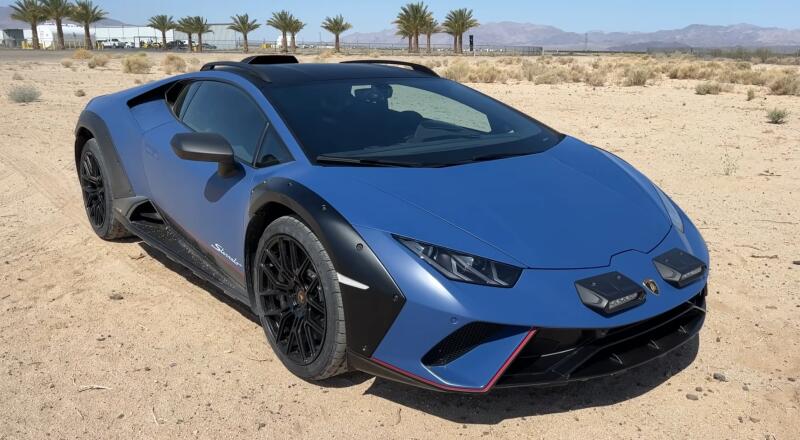And here the fun begins, since the miracle of bicycle technology is important to choose the right one. The range is large, it is easy to make a mistake, especially if you are poorly versed in the topic. Right now, let's look at the types of electric motors for bicycles and understand which one you need.
What are electric motors?
On sale there are at least three types of electric motors for a bicycle - geared, outboard and the so-called "direct drive". Each of them has its own advantages and features.
geared
Of the three types, the geared motor is the most common, and for good reason. Its basis, as you might guess from the name, is the gearbox. The task is to increase the torque, while not creating resistance when the bike coasts with the motor turned off.
 The gear motor is based on a planetary gear. Photo: youtube.com
The gear motor is based on a planetary gear. Photo: youtube.comThe use of a gearbox allows you to squeeze the maximum speed and traction even from a compact and not very powerful engine. That is why such motors are relatively light and small, but this is not their only advantage. Their popularity is also due to other advantages:
- ✅ good efficiency over the entire range of available speeds
- ✅ easy disassembly for maintenance without dismantling
- ✅ high traction both at the start and when moving uphill
- ✅ noiseless due to the use of nylon gears
Among the shortcomings of geared electric motors, it is worth noting the low maximum speed - in the standard version, without modifications, a very rare engine can “squeeze out” more than 40 km / h. Due to the use of plastic gears, reliability suffers, and this is another important disadvantage. The power of the gearboxes is also limited - without a number of modifications it is difficult to get more than 1000 watts.
Despite all the accusations of unreliability, the resource of gears in the gear motor is on average 7-9 thousand kilometers. Not every person drives so much even in a couple of years, besides, maintenance does not require much time and money, you can do it yourself.
Direct drive
Motor-wheel (MK) is visually similar to a geared motor, but has a simpler structure. The design has only a rotor and a stator, which is why it is more reliable than a gearbox. On the other hand, Hall sensors are installed in such a wheel, which are usually the weak link.
Such an engine is definitely needed by cyclists aimed at maximum power and speed. Some MK models can even turn an ordinary bike into a scooter or even an electric motorcycle. However, you have to pay for the high speed with a number of inconveniences. For example, a difficult start and a ride up a hill, since at low speeds the efficiency of the MK is very low.
 After installation, the motor-wheel looks like this. Photo: youtube.com
After installation, the motor-wheel looks like this. Photo: youtube.comIn general, motor-wheels have a lot of shortcomings. In addition to the fact that their bodies are bulky and heavy, the engine creates resistance to movement - pedaling with the unit turned off or coasting is no longer as comfortable as with a geared engine. For normal operation of the MK, you need a powerful battery, a solid frame and an expensive controller, and these are additional costs.
Important: with the same nameplate power, a direct-drive motor-wheel in practice in 100% of cases will be less powerful than a gear motor. The difference is about two times. This means that 500 watts for a geared motor will be equivalent to about 1000 watts for a wheel.
Of course, in addition to the shortcomings, MK has a number of advantages, due to which they are still used:
- ? high reliability and long service life
- ? no need for maintenance
- ? easily accelerate to speeds over 40 km/h
- ? it is possible to “squeeze out” over 1000 watts of power
Often, the advantages of motor-wheels with direct drive include the possibility of recovery - this is recharging the battery during braking, that is, using the engine as a generator. In fact, in the case of electric bicycles, recovery has low efficiency up to the point of no sense. Many major MCU manufacturers disable this feature by default.
Suspension
Motors of this kind are narrowly focused and are used much less frequently than the other two for converting an ordinary bicycle into an electric one. This option is suitable for you if you plan to move mainly in hilly or mountainous areas. Carriage electric motors are popular among fans of extreme riding on “two-suspension”, but for cycling through the forests or quick trips around the city, it is better to purchase a wheel motor.
 Outboard motor organically fits into the bicycle carriage. Photo: youtube.com
Outboard motor organically fits into the bicycle carriage. Photo: youtube.comThe peculiarity of the outboard engine is that it is installed in the carriage area, that is, where the pedals are located. Torque is transmitted to the rear wheel through a chain. This allows for flexible control of speed and traction using the bike's factory drivetrain. If you really need such functionality, a bottom bracket motor is the best choice. In other cases, it is hardly necessary.
Advantages:
- ★ wide range of gears - from high traction to high speed
- ★ full control of the cyclist over the operation of the electric motor
- ★ better weight distribution, the power unit is in the center of mass of the bike
The disadvantages include the high price of outboard motors, expensive repairs and a lower level of reliability compared to wheel motors. Putting such an engine on a cheap bike is not a good idea, since its operation requires an initially reliable transmission that will work out shifts quickly and accurately. If not, this engine will not fit.
Determine Your Priorities
There is no ideal bike motor that is equally well suited for “reckless drivers”, and those who like to ride through the forest without undue stress, and those who do not see life without off-road races. Because of this, the first thing you should do is decide how you will use the bike:
- ✪ Flat terrain in the city. It doesn't matter if it's cycling or driving to work through the metropolis - the best choice would be a geared motor with a power in the region of 250 watts. This is enough to, already taking into account the load in the form of a cyclist, accelerate the “great” to 35 km / h. It is at this speed that more than 90% of bicycle owners around the world move.
- ✪ Hilly area in the city. For comfortable climbing, turn your attention to geared and direct wheel motors with a power in the range from 1000 to 1500 watts. If you are ready to pedal yourself at the start, you can buy a direct-drive engine. Otherwise, take a 500 W gearbox - it starts briskly downhill.
- ✪ High-speed races. Here you can not do without a direct drive motor-wheel. It can accelerate the bike up to 90 km / h. However, to mount a powerful and heavy motor, you will have to seriously upgrade the frame - put dropouts, change rear feathers, and even install a motorcycle swingarm. Be prepared for additional investment.
Do not forget that the bike motor is only half the success in converting the bike to electric traction. It is equally important to choose, buy and install a quality controller and a high-capacity battery for long range. However, these are topics for other articles.
